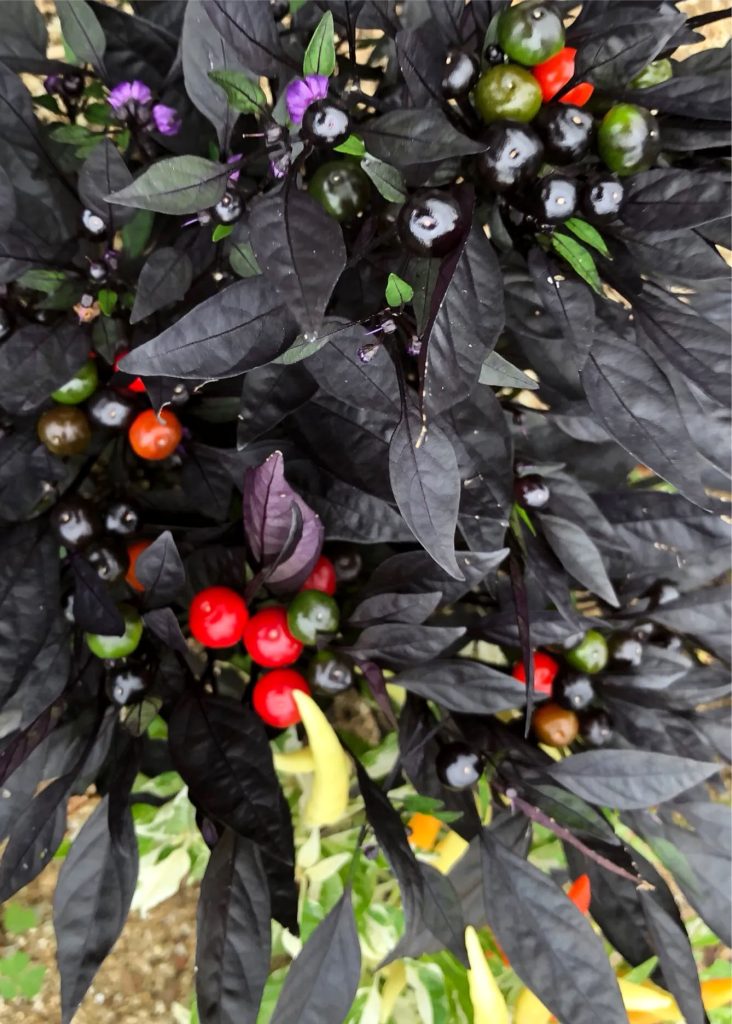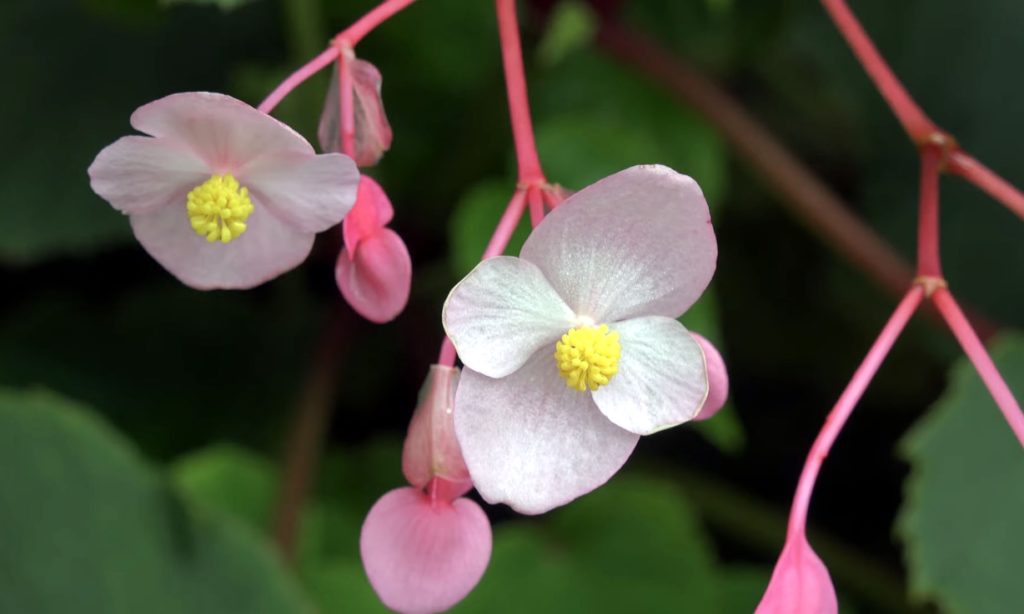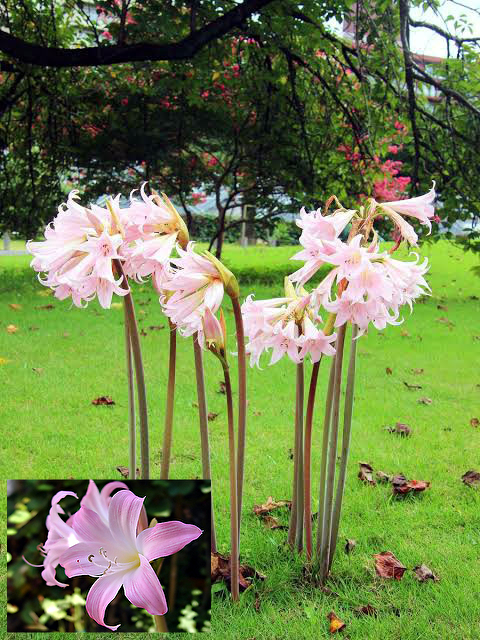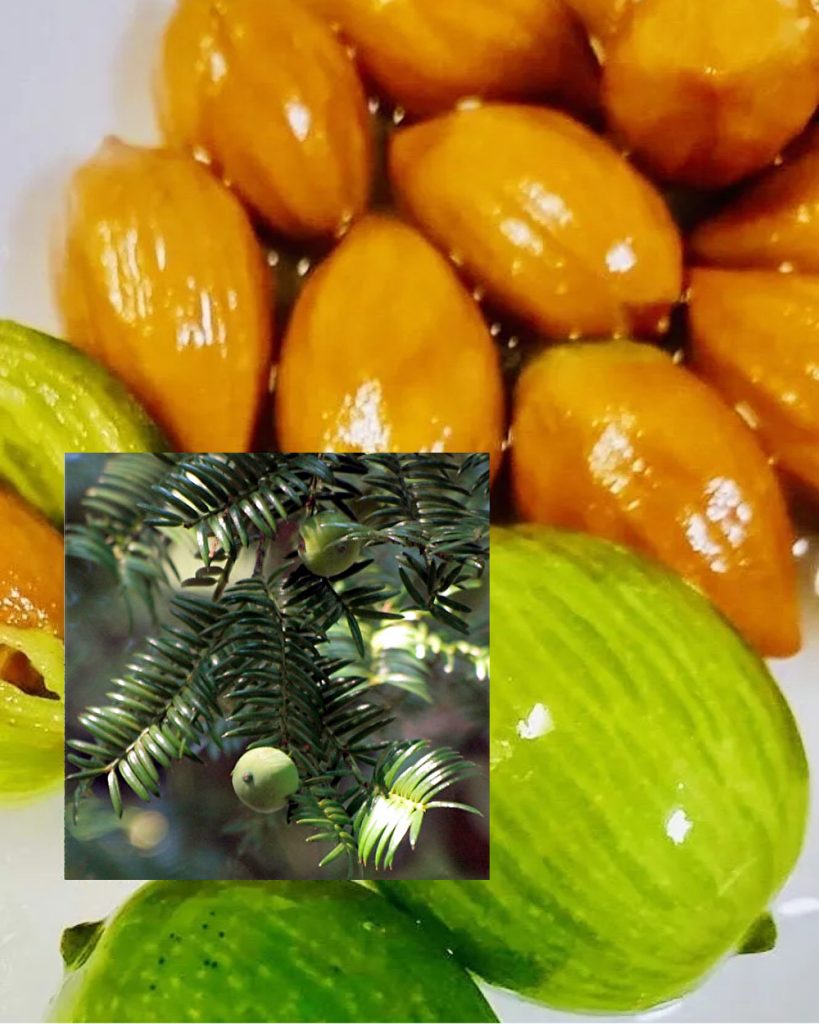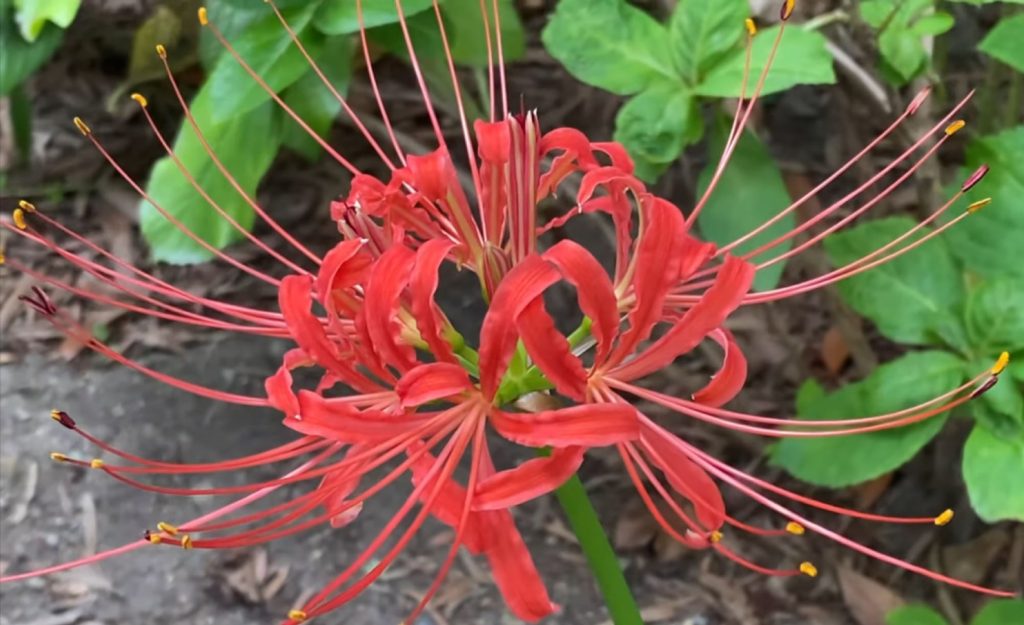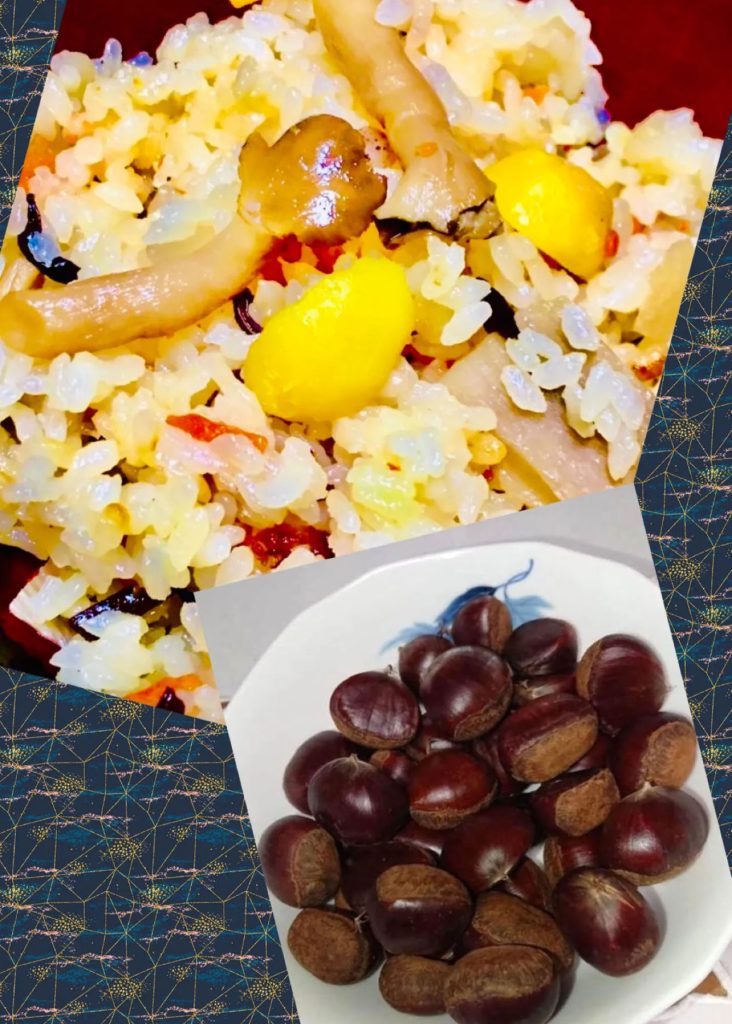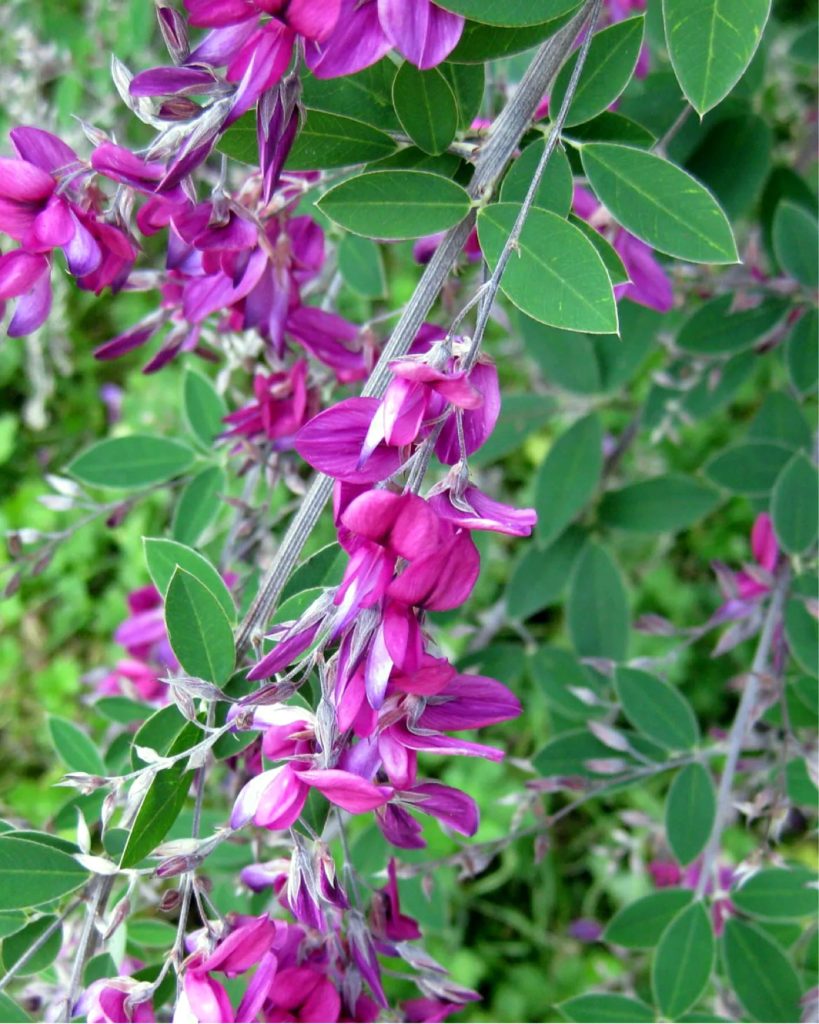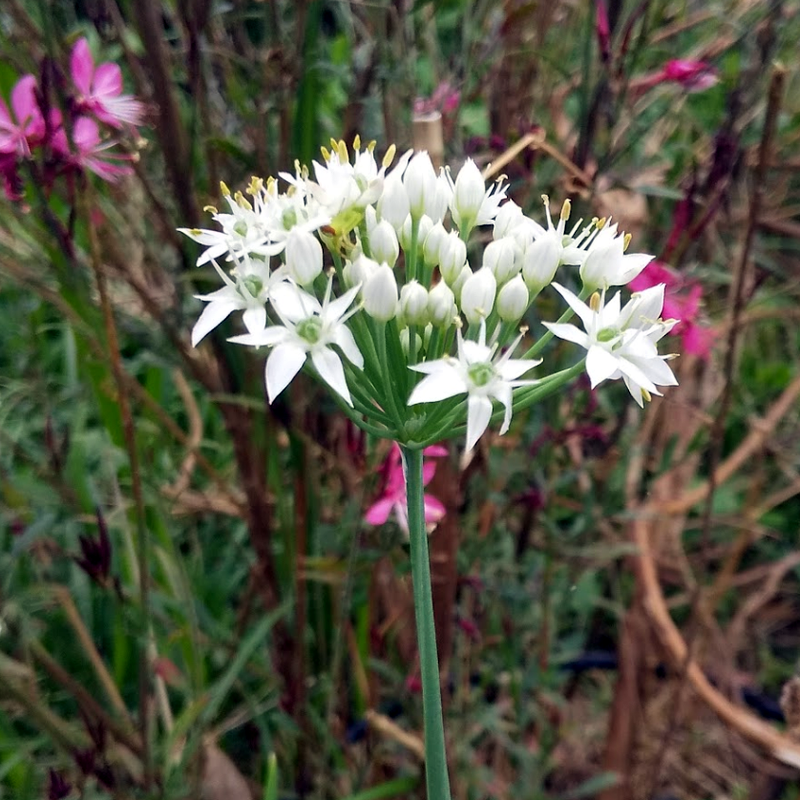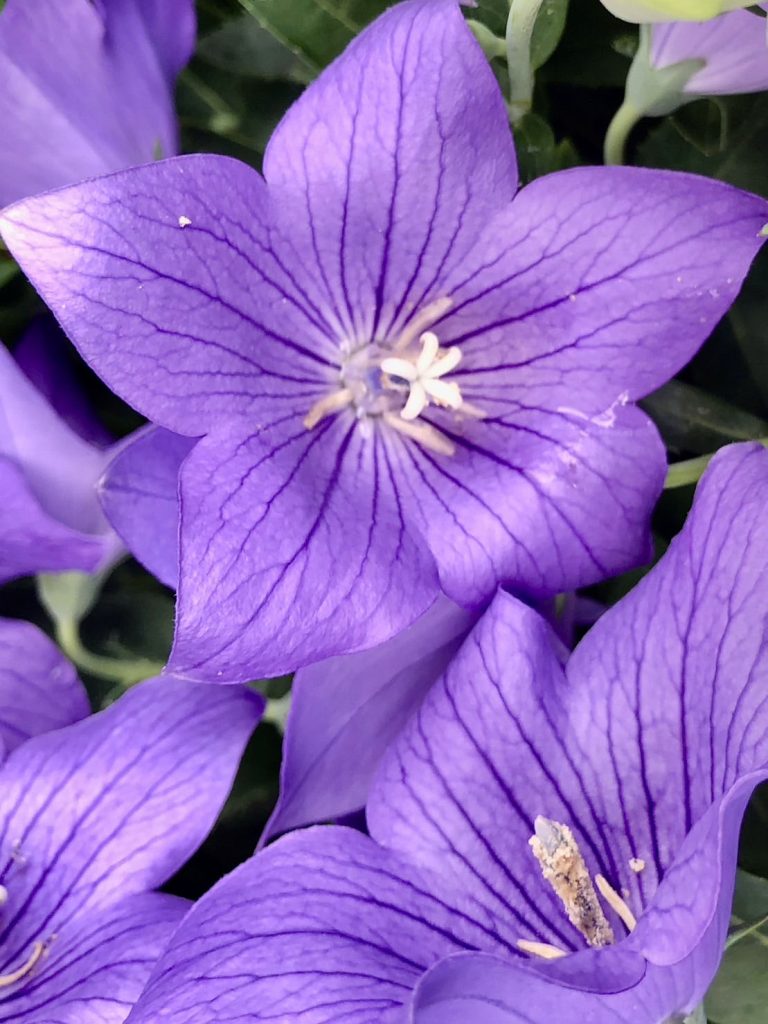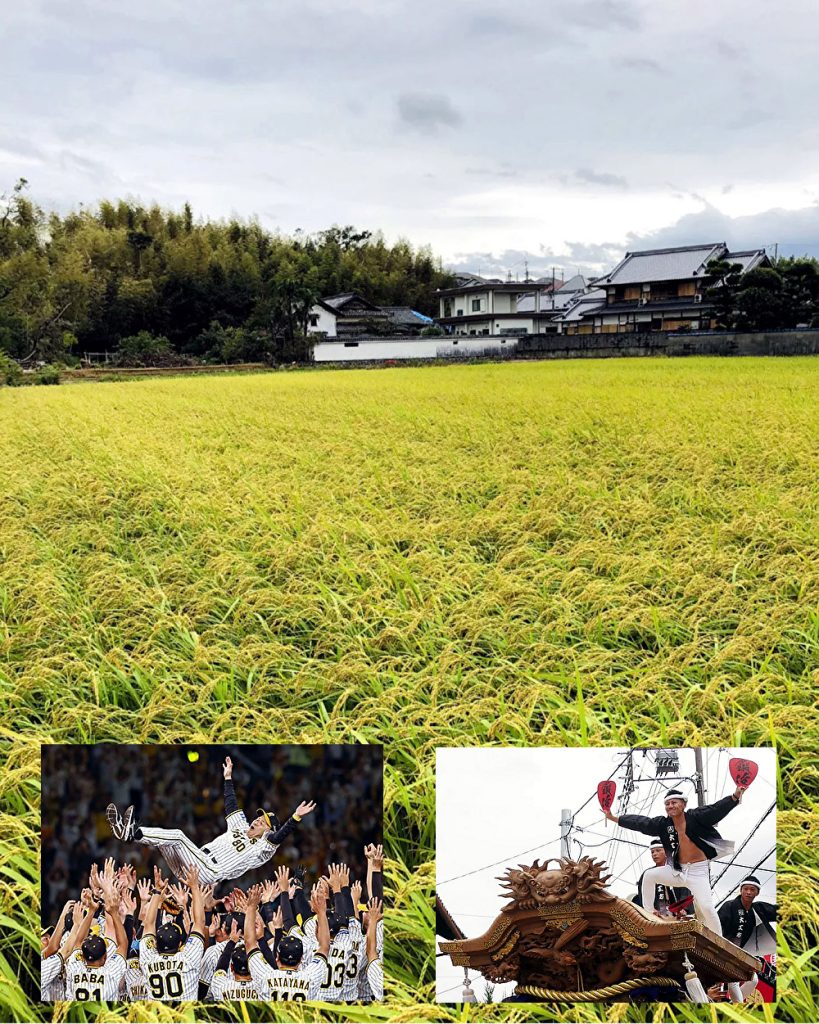
After an 18-year hiatus, the Hanshin Tigers’ league championship has set off a celebration in the Kansai region since last night. And speaking of festivities, in Kishiwada, the Danjiri Festival will be held on the 16th and 17th. Osaka boasts two major rivers, the Yodo River and the Yamato River, and each region has its own distinct character. The areas north of the Yodo River, the area between the Yodo River and the Yamato River, and the area south of the Yamato River each have different regional characteristics. While North Kawachi, which includes much of the urbanized areas west of Osaka City, differs from the regions south of the Yamato River, both Central and South Kawachi, aside from Sakai City, lack major cities and have retained a strong Osaka flavor until recently. Tigers fans are spread throughout the entire Keihanshin region, but south of the Yamato River, nearly everyone is a Tigers fan. The symbol of this is the Kishiwada Danjiri Festival, which is so spectacular that it was nicknamed the Rampage Danjiri Festival. This year’s Danjiri Festival, coinciding with the Hanshin Tigers’ championship win after 18 years and the relief from the COVID-19 pandemic, promises to be a spectacle.
18年振りに阪神タイガースがリーグ優勝したということで昨夜から関西では大騒ぎです。時折しも、岸和田ではだんじり祭りが16日、17日に開催されます。大阪には淀川と大和川の二大河川がありますが、淀川以北の地域、淀川と大和川に挟まれた地域、大和川以南の地域では、それぞれ違った地域性があります。淀川以南は古くから河内と言われ、北河内、中河内、南河内と区分されてきました。北河内は西に大阪市を初め都市化された地域が大部分ですが、大和川以南の中河内、南河内は堺市以外には大都市もなく、最近まで大阪気質を色濃く残した地域です。タイガースファンも、京阪神全体に広がっていますが、大和川以南はほぼ全員がタイガースファンといった具合です。その象徴が岸和田のだんじり祭りで、暴れだんじりの異名があったほどの豪壮なだんじり祭りです。18年振りの阪神タイガース優勝とコロナ禍からの解放が重なった今年のだんじり祭りは見ものです。

